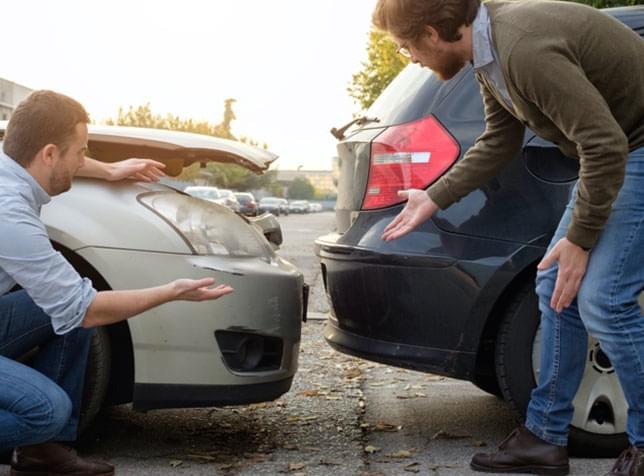
Washington DC
Car Insurance
Get a free quote today!
Or you can also…
Chat or Call 1-844-328-0306Call 1-844-327-9870

Washington DC Car Insurance Overview
Washington DC is a no-fault district when it come to car insurance, That means an injured person’s own insurance company pays for their medical expenses, lost wages, and other accident-related bills, rather than the driver responsible for the crash. No-fault insurance does not pay for pain and suffering arising from accident injuries.
Under Washington DC law, an accident victim has 60 days from the date of the accident in which to either exercise the no-fault option or file a claim against the at-fault driver. In order to sue the at-fault driver, the injured person’s medical expenses must exceed their own insurance coverage, and the injury must cause significant impairment. Such impairment, or disability or scarring, must last at least six months.
However, unlike most jurisdictions, Washington DC also uses a contributory negligence standard. If the injured party was even 1 percent responsible for the accident, they cannot collect damages in a lawsuit.
A person injured in a Washington DC car accident who meets the criteria for filing a personal injury lawsuit against the at-fault driver must do so within the district’s statute of limitations of three years from the date of the accident, although they must claim the right to do so within that initial 60-day period. If a person dies from their accident-related injuries, family members have two years from the death date to file a wrongful death lawsuit.

Washington DC Auto Insurance Information
In the District of Columbia, motorists must carry a minimum of $25,000 per person and $50,000 per accident in Bodily Injury Liability (BIL) coverage, as well as at least $10,000 in Property Damage Liability (PDL) insurance. BDL pays for the medical and other accident-related expenses of those injured in the accident, up to the coverage limits. PDL pays for motor vehicle repair and other property damage, up to the coverage limits.
Washington, DC also requires drivers to carry at least $25,000 per person and $50,000 per accident in uninsured motorist coverage, along with a minimum of $5,000 in uninsured motorist PDL. Underinsured motorist coverage is not required.
Keep in mind these are the minimum amounts required. For many drivers, it makes sense to purchase additional coverage to protect their personal assets in case of a serious motor vehicle accident.
While Washington DC does not require collision and comprehensive coverage, lenders will almost certainly mandate such coverage for leased and financed vehicles. Even if the car is owned outright, it is wise for many motorists to buy collision and comprehensive coverage if they cannot afford to replace the vehicle in the event of a serious accident.
SR-22 Insurance in Washington DC
The District of Columbia requires drivers convicted of DUI and other serious traffic violations to have their insurance company file an SR‑22 Form, a certificate of financial responsibility, with the DC Department of Motor Vehicles.
Washington DC Driver Statistics
About 700,000 people live in the District of Columbia, and approximately 521,000 of them have drivers’ licenses. It is the 20th most populated city in the U.S. Because there are so many commuters entering and leaving the city each weekday, primarily from Virginia and Maryland, along with throngs of tourists from throughout the nation and the world, DC streets are usually crowded. During the workweek, the city’s population rises to 1 million, and roughly 20 million tourists visit annually.
Named for the first president, Washington DC was founded via the Residence Act of 1790. At the time of its founding, Columbia was a poetic term often used to describe the new country.
Pierre L’Enfant designed the city on a system in which its avenues grew out from rectangles. Beyond L’enfant’s design, however, 19th-century developers paid little attention to how streets were built, and in the late 1800s, Congress required that new roadways in DC conform to the city’s street plan, but did not mandate that existing, nonconforming streets change.
While government is DC’s top employer, it is far from the only one. The nation’s capital also includes many employers in business and financial services, education, health and hospitality.
Washington DC Auto Insurance & Accident Facts
In 2018, 34 people died on DC roadways, a 13 percent increase over 2017 deaths. The majority of these traffic fatalities did not involve people in cars, but motorcyclists, pedestrians, cyclists and those on scooters. Roughly one-quarter of DC traffic deaths are related to drunken or drugged driving.





